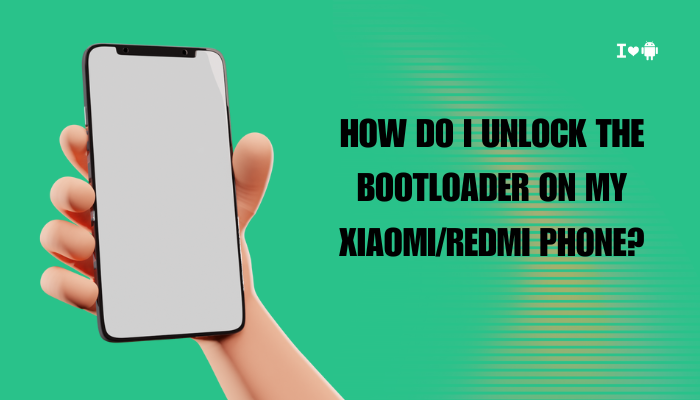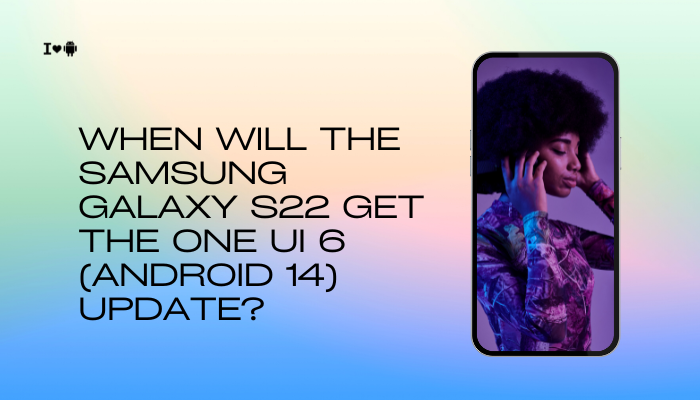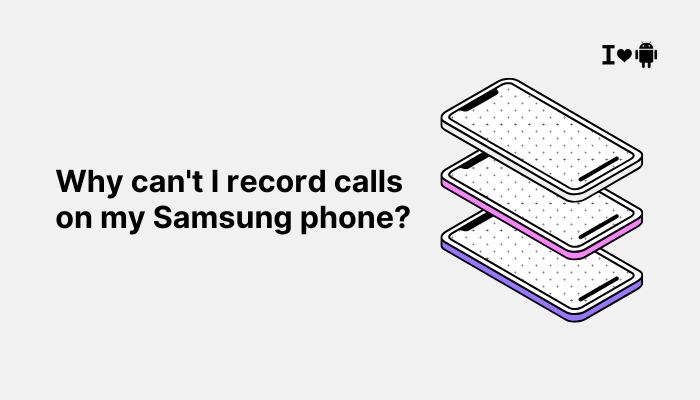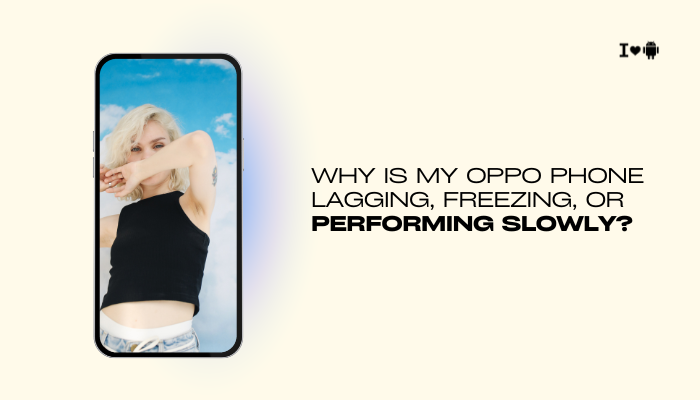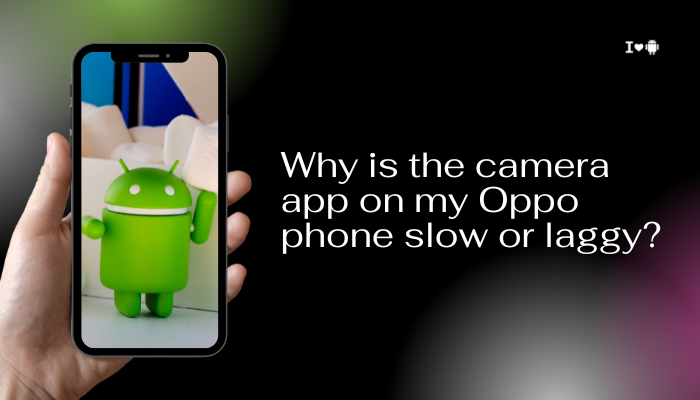Introduction
Samsung’s Galaxy Z Fold and Z Flip series have captivated the smartphone world with their innovative foldable screens and powerful hardware. As premium devices, buyers often wonder whether they can withstand spills, splashes, or even brief submersion. Unlike ruggedized phones, foldables require extra care in sealing moving parts. In this article, we’ll explore what water resistance means, which Galaxy Z Fold and Z Flip models offer it, and how to protect your investment in real-world scenarios.
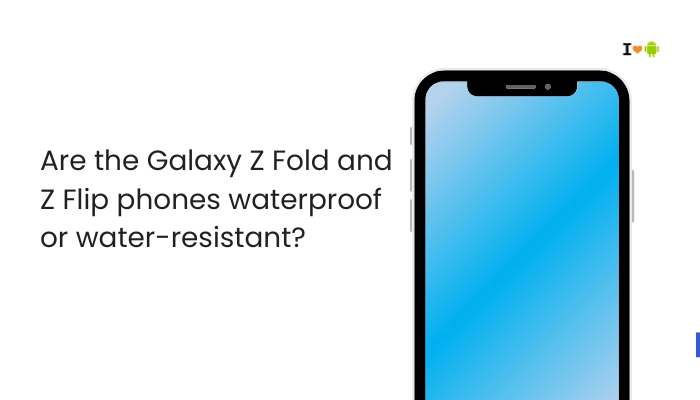
Understanding Water Resistance and IP Ratings
What Water Resistance Entails
- Waterproof vs. Water-Resistant: No mainstream smartphone is truly waterproof; instead, devices carry an Ingress Protection (IP) rating indicating their resistance to water and dust.
- Ingress Protection (IP) System: Defined by the International Electrotechnical Commission (IEC), IP ratings use two digits: the first for solid ingress (dust) and the second for liquid ingress (water).
Decoding IP Ratings
- First Digit (0–6): Resistance to dust. A “6” rating means dust-tight, with no ingress permitted.
- Second Digit (0–9K): Resistance to water. A “7” rating allows immersion up to 1 meter for 30 minutes; “8” permits submersion beyond 1 meter under manufacturer conditions; “X” indicates no official dust test, while “9K” applies to high-pressure, high-temperature sprays.
- Variations Across Models: Many foldable devices omit the first digit (e.g., IPX8) because they prioritize water testing over dust, relying on the hinge design to block particulates.
Water Resistance in Galaxy Z Fold Series
IPX8-Rated Models
- Galaxy Z Fold2, Z Fold3, Z Fold4, Z Fold5: Samsung introduced full water resistance beginning with the Z Fold2, awarding an IPX8 rating.
- What IPX8 Means: These devices can survive continuous immersion in up to 1.5 meters of freshwater for up to 30 minutes without damage.
Practical Limits and Manufacturer Conditions
- Freshwater Only: The IPX8 test uses fresh water. Salt water, chlorinated pool water, or soapy water can corrode internal seals.
- Temperature Range: Tests occur in controlled environments (about 23 °C). Extreme heat or cold can affect seal integrity.
- Movement During Use: Immersion tests are static; swimming motions or water pressure fluctuations can exceed test parameters and force water ingress.
Water Resistance in Galaxy Z Flip Series
IPX8-Rated Models
- Galaxy Z Flip3, Z Flip4, Z Flip5: Starting with the Z Flip3, Samsung also achieved IPX8 certification for its clamshell devices.
- Design Challenges: The tighter hinge radius in the Flip series posed greater sealing complexity. Samsung overcame this with advanced gaskets and barrel-cam engineering.
Usage Recommendations for Z Flip Devices
- Open vs. Closed: Water resistance holds whether the device is folded or unfolded, but avoid operating the touchscreen underwater—touch inputs may not register and the protective polymer layer is more vulnerable when wet.
- Hinge Position: Fully open or fully closed configurations minimize hinge-gap exposure. Partially open angles might allow water droplets to pool at the crease.
Dust Resistance and Long-Term Durability
Absence of Dust Rating (X)
- IPX8 Omits Dust Rating: Samsung’s foldables carry IPX8 rather than IP68. This means dust ingress protection is not officially certified.
- Real-World Dust Exclusion: Though not dust-tested, Samsung’s hinge design includes micro-bristles that sweep out particles, offering practical dust resistance without an official rating.
Impact of Dust on Seals
- Dust Abrasion: Fine particles (sand, lint) can work their way into the hinge and gradually degrade gaskets, reducing water-resistance over time.
- Maintenance Tip: Regularly clean the hinge area with compressed air or a soft brush to prolong seal life.
Practical Care Tips for Water Resistance
Avoid Harsh Liquids and Environments
- No Salt or Chlorine Exposure: Rinse briefly with fresh water and dry immediately if the phone contacts seawater or pool water.
- Steer Clear of Soapy or Carbonated Liquids: Detergents and carbonation can weaken seals and leave film residues inside speaker grills and ports.
Dry Thoroughly After Contact
- Shake Out Excess Water: Gently shake the device with the hinge pointing down to expel droplets.
- Air Dry Before Charging: Moisture sensors in the USB-C port disable charging when wet; allow 30 minutes of air-drying in a warm, shaded spot before plugging in.
Use Approved Accessories
- Samsung-Certified Cases: Some protective cases enhance water resistance by shielding ports and buttons.
- Port Covers: Replace missing port covers promptly; do not operate buttons underwater.
Warranty, Repair, and Coverage
Samsung’s Manufacturer Warranty
- Water Damage Exclusion: Samsung’s standard warranty generally excludes water damage, even for IPX8 devices, because real-world misuse (depth, pressure, contaminants) falls outside lab conditions.
- Diagnostic Service: If water damage occurs, service centers perform diagnostic tests; evidence of misuse or corrosion can void warranty claims.
Samsung Care+ and Insurance Plans
- Accidental Damage Protection: Samsung Care+ often covers up to two incidents of liquid damage per year for a nominal service fee.
- Authorized Repair Benefits: Repairs through Samsung Care+ use genuine parts and recalibrate seals to restore water resistance.
Testing Water Resistance and User Cautions
Laboratory Testing vs. Real-World Use
- Controlled Conditions: IPX8 ratings derive from static, temperature-controlled, debris-free immersion tests.
- User Variables: Motion, temperature swings, detergents, and contaminants can create conditions far harsher than lab tests, compromising the device’s seals.
DIY Testing Is Discouraged
- Risk of Voiding Warranty: Attempting your own water tests can damage the device and preclude any warranty or Care+ benefits.
- Better Alternative: Rely on the IPX8 rating and avoid purposeful submersion beyond incidental exposure.
Future Innovations in Foldable Water Resistance
Hinge Seals and Materials
- Advanced Gasket Technologies: Samsung and component partners are developing more resilient elastomers that resist chemical attack and fatigue.
- Self-Cleaning Mechanisms: Emerging designs may integrate brush-like elements that shed debris with each fold.
Enhanced IP Ratings for Foldables
- Toward IP68 Certification: As materials and hinge engineering advance, upcoming foldables may achieve full IP68 (dust and water) ratings, matching rigid-screen flagships.
- Reinforced Polymer Layers: Innovations in ultra-thin glass overlays could boost scratch resistance without sacrificing flexibility.
Conclusion
Foldable Samsung phones like the Galaxy Z Fold and Z Flip deliver IPX8 water-resistance, protecting against accidental spills and brief freshwater immersion. While not fully dust-proof, their advanced hinge and sealing systems fend off most particulate intrusions. To maintain water resistance, follow proper care—clean your hinge, avoid harsh liquids, dry thoroughly, and use approved accessories.
Remember that standard warranties typically exclude water damage, so Samsung Care+ can be a prudent investment for peace of mind. As foldable technology evolves, we can expect even more robust protection, potentially matching the IP68 standards of conventional flagships. For now, enjoy your Galaxy Z Fold or Z Flip with confidence—just keep them out of the pool and rinse off that splash of espresso quickly!

